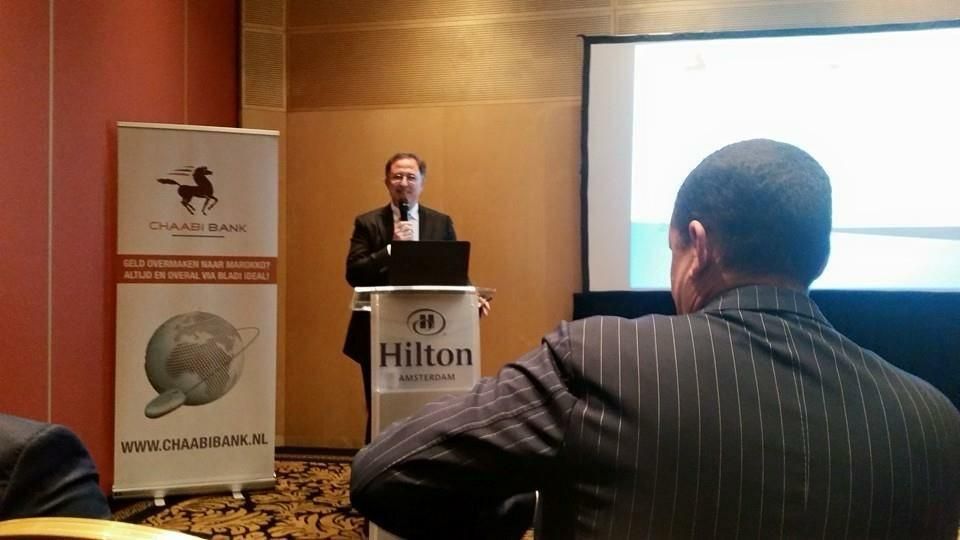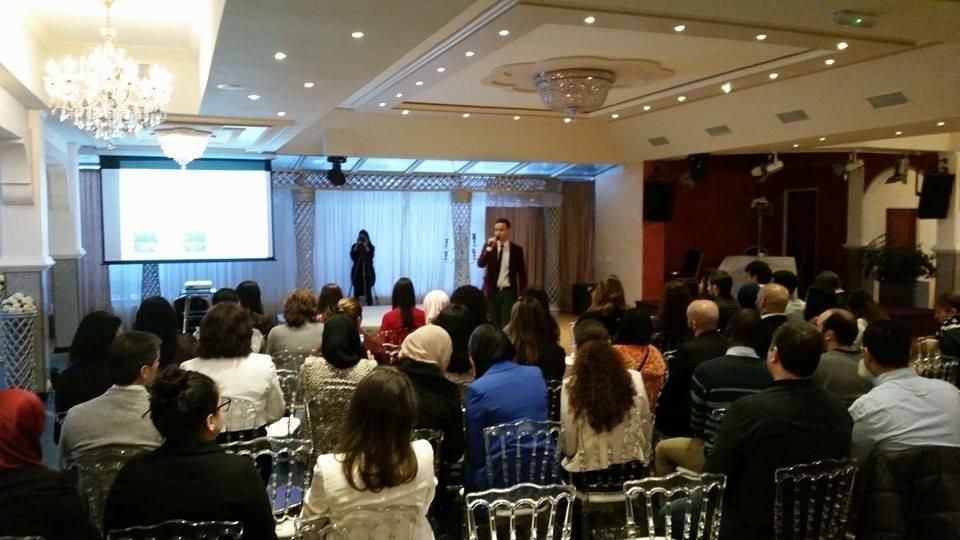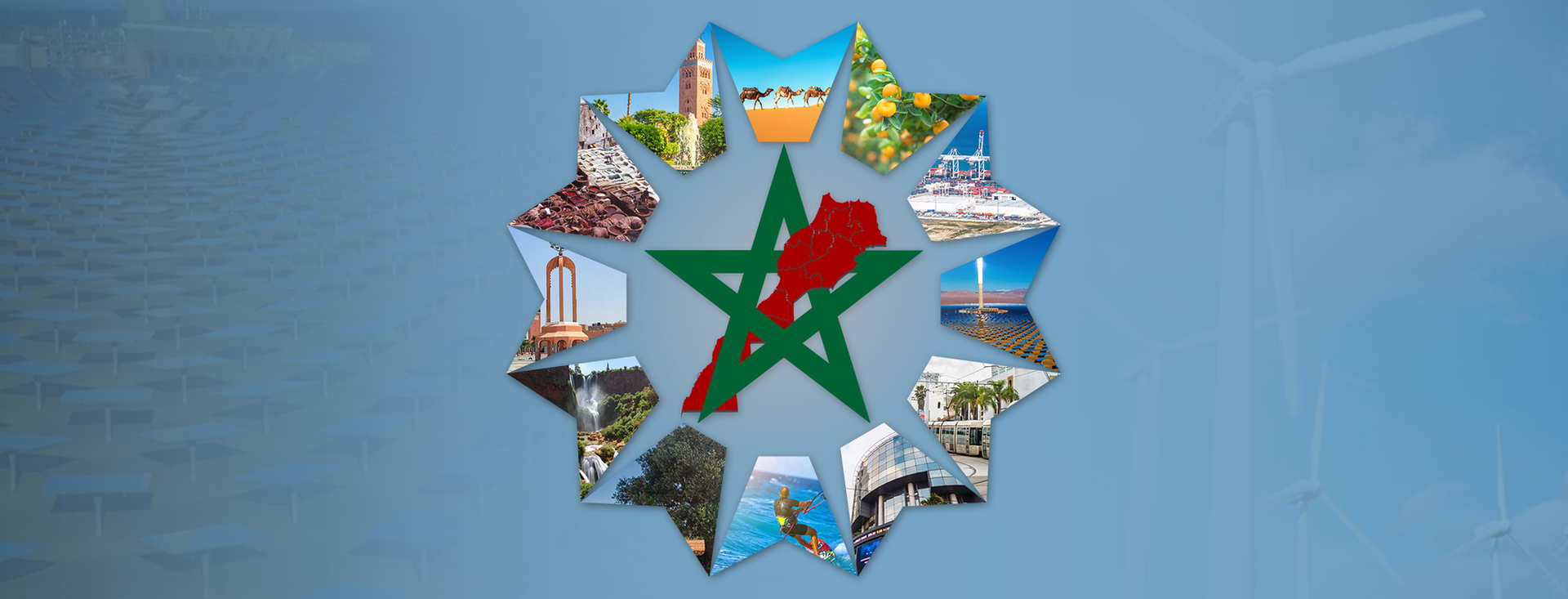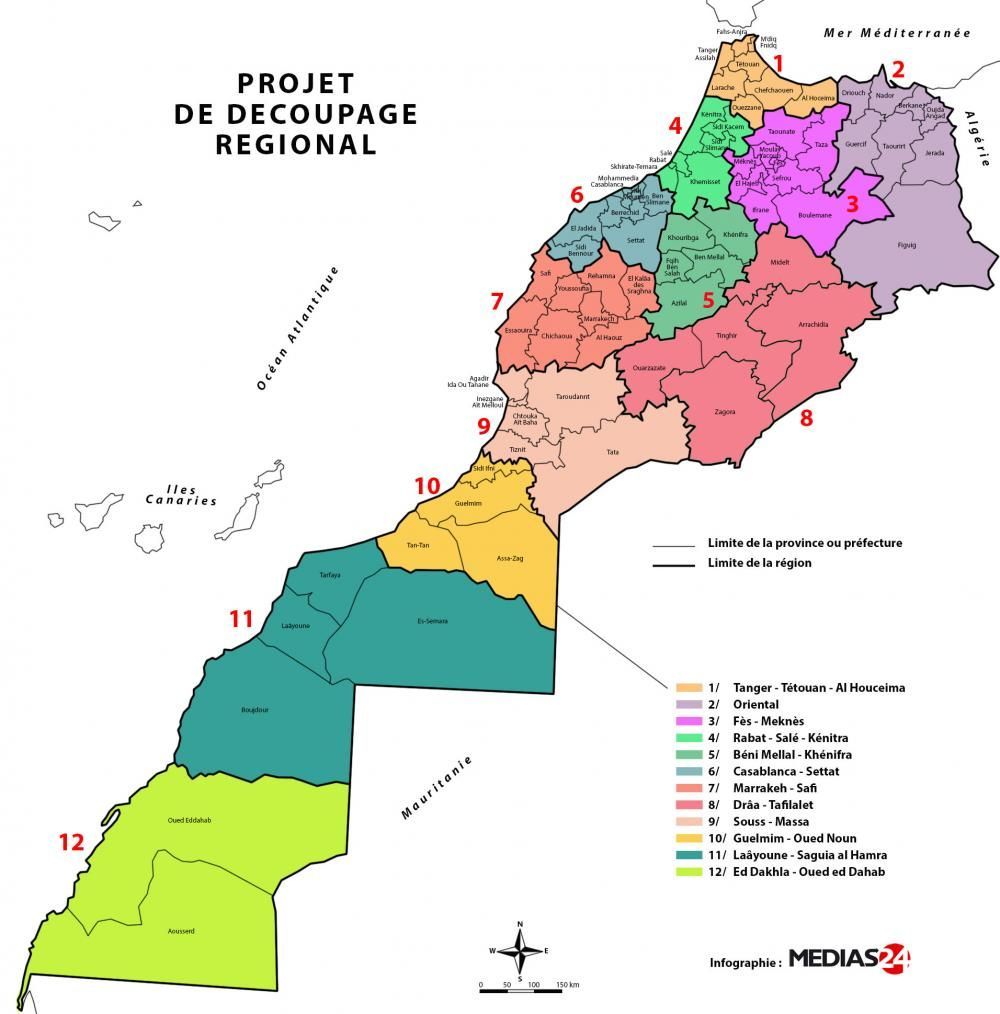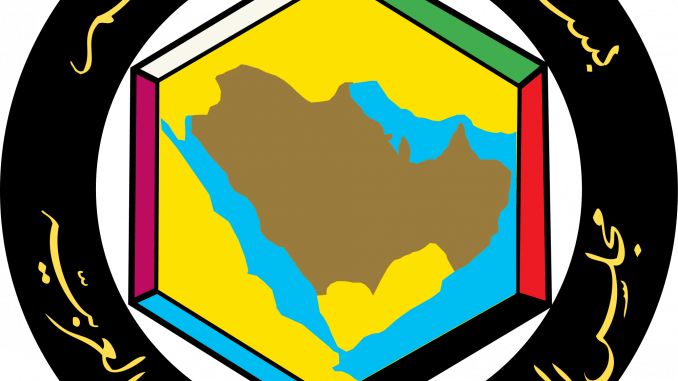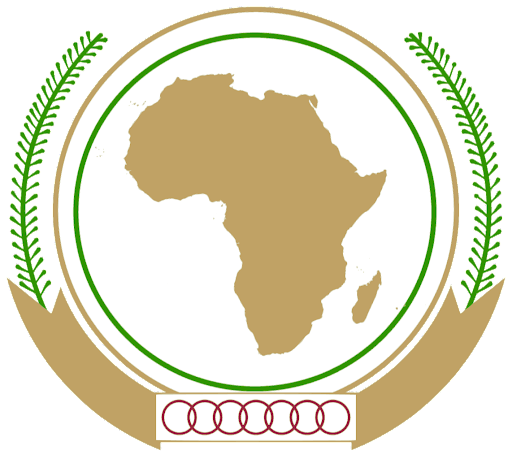START UP MEET UP CARAVANE
2017-2018
2017-2018
Brussels stopover
Stark beauty of desolate dunes
Button
Excerpt from the address of HM King Mohammed VI to the nation on the occasion of the 33rd Anniversary of the Green March (6 November 2008)
<< ´ (…) Aussi avons-nous décidé, avec l’aide de Dieu, d’amorcer une nouvelle phase
dans le processus continu des reformes globales que Nous conduisons, en lançant la
dynamique d’une régionalisation avancée et graduelle, englobant toutes les régions du
Maroc, avec, à leur tête, la région du Sahara marocain. (…) >>
dans le processus continu des reformes globales que Nous conduisons, en lançant la
dynamique d’une régionalisation avancée et graduelle, englobant toutes les régions du
Maroc, avec, à leur tête, la région du Sahara marocain. (…) >>
















